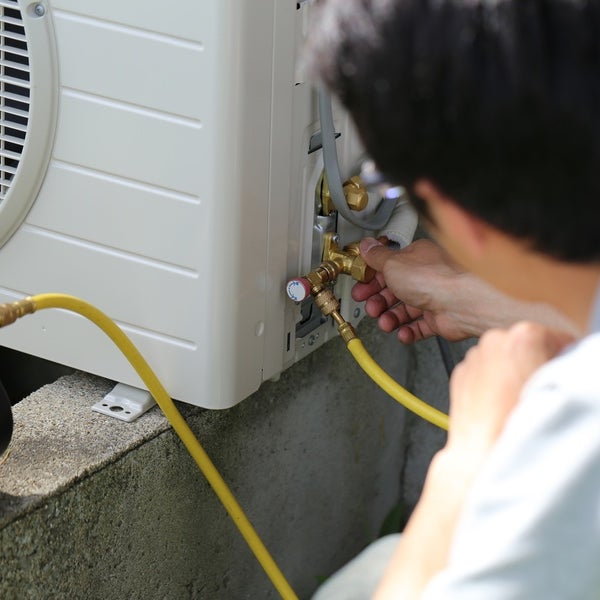Satellite Communication and UAVs Drive Military Antenna Market Growth
The global military antenna market is projected to reach a valuation of USD 4,621.2 million in 2024. With a steady compound annual growth rate (CAGR) of 6.3% expected over the forecast period, the market is set to expand significantly, reaching an estimated USD 8,513.1 million by 2034.
The global military antenna market is projected to reach a valuation of USD 4,621.2 million in 2024. With a steady compound annual growth rate (CAGR) of 6.3% expected over the forecast period, the market is set to expand significantly, reaching an estimated USD 8,513.1 million by 2034.
The military antenna market is a crucial part of the defense industry, supporting advanced communication systems, surveillance operations, and electronic warfare capabilities. Military antennas are designed to withstand harsh environments and deliver high performance in various military operations. They play a key role in facilitating secure and reliable communication between military units, vehicles, aircraft, ships, and satellites. Given the increasing complexity of modern warfare, where information dominance is essential, the demand for sophisticated antennas has surged.
These antennas are used for various applications, such as radar, navigation, surveillance, and satellite communications, making them indispensable tools in both tactical and strategic military operations. The growing adoption of unmanned aerial vehicles (UAVs), advanced fighter jets, and cutting-edge naval vessels has further contributed to the expansion of the military antenna market. With global defense budgets on the rise, there is a significant push toward enhancing communication networks, thus fueling the demand for advanced military antenna technologies.
Market Insights
Several trends are shaping the current dynamics of the military antenna market. One of the key insights is the increasing shift toward electronically steerable antennas (ESAs). These advanced systems allow militaries to improve communication capabilities by rapidly adjusting the direction of the antenna beam without mechanical movement. The rise of ESAs is closely linked to the need for faster, more flexible, and reliable communication in various combat scenarios.
Another important insight is the focus on miniaturization and portability. Military forces around the world are increasingly deploying lightweight and compact antennas that can be easily transported and installed in the field. These portable antennas are crucial for tactical communications, particularly for infantry units and special forces operating in remote or hostile environments. The development of lightweight materials and advanced manufacturing techniques has made it possible to create smaller antennas without compromising performance.
Furthermore, the integration of antennas with next-generation military platforms such as UAVs, autonomous vehicles, and smart weapons is expanding the market. These systems require high-performance antennas to maintain uninterrupted connectivity and data transmission during critical missions. As a result, the demand for antennas capable of supporting broadband frequencies, higher data rates, and multiple input/multiple output (MIMO) configurations is on the rise.
List of Key Companies Profiled in The Report
- Antcom Corporation
- Cobham Advanced Electronic Solutions
- Comrod Communication AS
- Eylex Pty Ltd.
- Hascall-Denke
- L3Harris Technologies Ltd.
- Lockheed Martin Corporation
- Others
Recent Industry News
Recent industry news highlights several important developments in the military antenna market. One of the key trends is the increasing collaboration between defense contractors and technology companies to develop next-generation antenna systems. For example, several leading defense firms have partnered with telecommunications companies to explore the integration of 5G technology into military communication networks.
In addition, several militaries are investing in upgrading their SATCOM capabilities. Governments have awarded contracts to antenna manufacturers to produce cutting-edge satellite communication antennas for use in global defense operations. These developments underscore the growing importance of satellite-based communication systems in modern warfare.
Another significant piece of news is the growing emphasis on cybersecurity in military antenna systems. With the rise of cyber threats targeting communication networks, there is an increasing focus on developing antennas that can secure transmission channels against hacking, jamming, and interception.
Competitive Landscape
Market players are focusing on delivering a wide array of antennas specifically designed for various military applications, helping them differentiate their offerings. This includes developing antennas optimized for different frequencies, environments, and functionalities to meet the diverse needs of the armed forces.
In June 2023, Rohde & Schwarz, in collaboration with Fujikura and Avnet, introduced a cutting-edge development kit for 5G mmWave phased array antenna modules. The validation process uses Rohde & Schwarz's R&S ATS800B benchtop CATR OTA test system, providing an ideal setup for prototype testing. This system is tailored to ensure the advanced antenna modules meet the stringent performance and functionality standards required for next-generation 5G technology.
What's Your Reaction?
 Like
0
Like
0
 Dislike
0
Dislike
0
 Love
0
Love
0
 Funny
0
Funny
0
 Angry
0
Angry
0
 Sad
0
Sad
0
 Wow
0
Wow
0













































